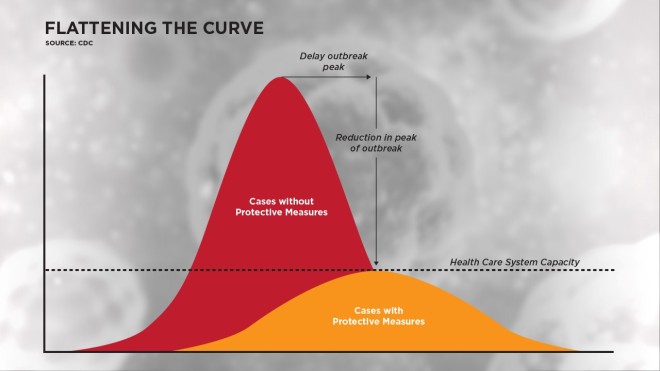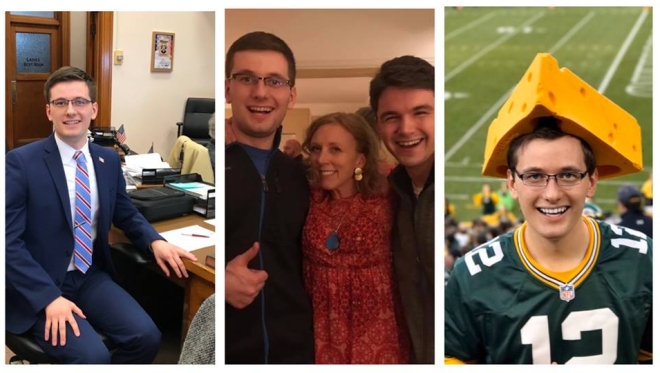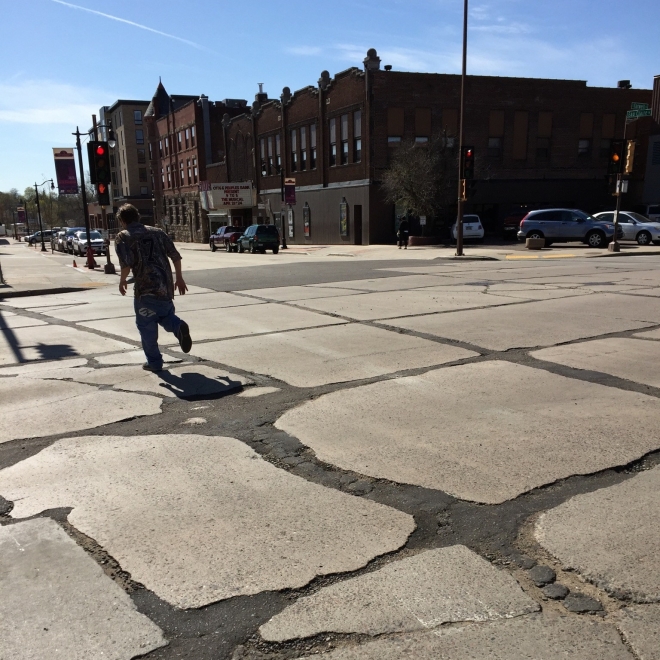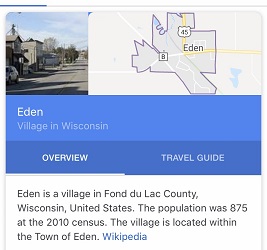On a scale of 1-10, how seriously are we taking the Covid-19 Pandemic? On Wednesday, a city administrator told me he went to pick up a to-go order at a local bar/restaurant the night before and found the bar open, with a crowd of folks lined up elbow to elbow. Meanwhile, three Wisconsin counties are reporting “community spread” cases of the illness. Community spread means so many people have the virus in one area that it is now spreading from people within the county; it was not brought in from Italy, China, or a cruise ship. No counties had community spread two days ago; there are three counties today. How many will there be in a week? Are we taking this seriously enough?
The League’s job is to help you do your job. To that end, we’re tracking down and cranking out as much information as we can find that is relevant to municipal responses to the Coronavirus. Our role is to listen to you and then find answers to your questions, particularly those questions that relate to state laws and regulations. If you haven’t done so recently, I recommend you check out the Coronavirus page on lwm-info.org. We’re updating it constantly and there’s some very useful, practical information there.
On St. Patrick’s Day the Governor issued Emergency Order Number Five. That order closes the taverns in Wisconsin (never thought I’d see that), limits restaurants to “carry out” and, most significantly, it places a moratorium on “mass gatherings” of ten people or more. The order echoes the latest recommendation from the world-renowned Centers for Disease Control (CDC) which were amplified by President Trump’s “15 Days to Slow the Spread” campaign.
The order exempts government offices from the crowd moratorium, allowing city councils, village boards, and the other instruments of government to continue. That’s necessary, good and helpful, but I’ll be honest with you; it’s also troubling. You now have the power to decide whether crowds may gather in municipal buildings. Use that power wisely.
 The Governor’s order, President Trump’s campaign and your work at the local level are all targeted at the same goal: flattening the curve. “Flattening the curve” means slowing down the spread of the Coronavirus to a rate that our hospitals, doctors and clinics can handle. If we don’t slow it down, there will quickly come a point where there are more people who need to be in the hospital than there are hospital beds available. Italy found out to its horror what happens when you don’t flatten the curve. People die in the corridors of hospitals as they wait their turn for a ventilator or other critical care.
The Governor’s order, President Trump’s campaign and your work at the local level are all targeted at the same goal: flattening the curve. “Flattening the curve” means slowing down the spread of the Coronavirus to a rate that our hospitals, doctors and clinics can handle. If we don’t slow it down, there will quickly come a point where there are more people who need to be in the hospital than there are hospital beds available. Italy found out to its horror what happens when you don’t flatten the curve. People die in the corridors of hospitals as they wait their turn for a ventilator or other critical care.
Flattening the curve happens by limiting person-to-person contact. It doesn’t make the virus go away, but it allows our health care providers to adequately treat those who are seriously ill. The alternative, people who need critical care but can’t get it, is something we should not even consider. Emergency Order Number Five was the most recent action taken to flatten that curve. But its success or failure will be determined locally.
The CDC is in Atlanta. President Trump is in the White House. Governor Evers is in the State Capitol building. You’re on the ground in your community. The success or failure of things like Executive Order Number Five is more in your power than that of the scientists at CDC, President Trump or Governor Evers. Are we planning to cancel large public hearings or use teleconference technology where possible, or will we maintain “business as usual”? How seriously are we taking this?







 Wisconsin’s long road back to a well-maintained transportation system has begun. Yesterday the Wisconsin Department of Transportation announced the
Wisconsin’s long road back to a well-maintained transportation system has begun. Yesterday the Wisconsin Department of Transportation announced the 
 , which was funded by the League of Wisconsin Municipalities, Wisconsin REALTORS Association, and Greater Milwaukee Committee, to look at Wisconsin’s reliance on the property tax and whether a different revenue generation structure was needed. The report found that of the twelve states in the Midwest region, Wisconsin had the highest reliance on the property tax of all twelve states and was ranked seventh nationally. Wisconsin also has the lowest sales tax average of all twelve Midwest region states. In Georgia, I lived in a county with a sales tax rate of 8% and according to the Georgia Department of Revenue, only two counties in the entire state have a rate of less than 7% as of April 1, 2019 and a couple were just shy of 9%. The State sales and use tax is only 4%, meaning anything above that stayed in the county where the purchase was made and is apportioned between the municipalities and the county government based on an agreed upon formula. So the money stayed where it was spent. More importantly, the residents have to vote to approve these sale tax increases so it’s not forced upon them. In addition, the sales tax is able to help offset the cost providing services to visitors and commuters who do not reside in a particular municipality but utilizes its services.
, which was funded by the League of Wisconsin Municipalities, Wisconsin REALTORS Association, and Greater Milwaukee Committee, to look at Wisconsin’s reliance on the property tax and whether a different revenue generation structure was needed. The report found that of the twelve states in the Midwest region, Wisconsin had the highest reliance on the property tax of all twelve states and was ranked seventh nationally. Wisconsin also has the lowest sales tax average of all twelve Midwest region states. In Georgia, I lived in a county with a sales tax rate of 8% and according to the Georgia Department of Revenue, only two counties in the entire state have a rate of less than 7% as of April 1, 2019 and a couple were just shy of 9%. The State sales and use tax is only 4%, meaning anything above that stayed in the county where the purchase was made and is apportioned between the municipalities and the county government based on an agreed upon formula. So the money stayed where it was spent. More importantly, the residents have to vote to approve these sale tax increases so it’s not forced upon them. In addition, the sales tax is able to help offset the cost providing services to visitors and commuters who do not reside in a particular municipality but utilizes its services.